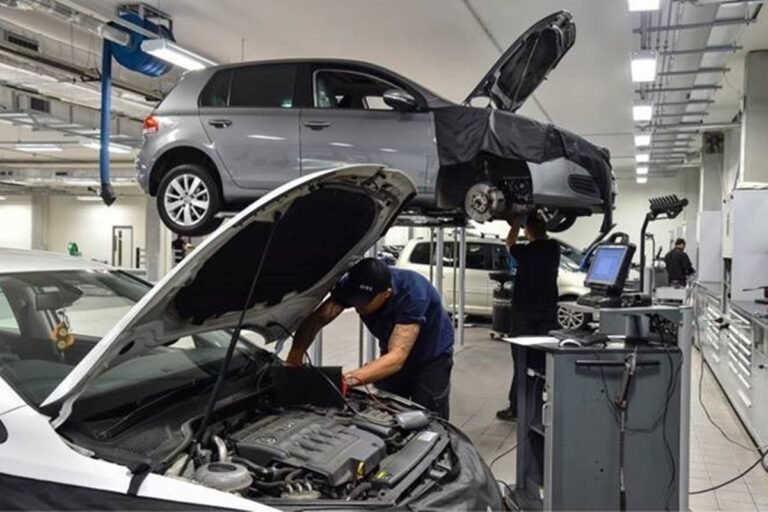Blog
How to Avoid Frequent DPF Replacements with Proper Maintenance

Introduction
One of the most crucial parts of a modern diesel car is the Diesel Particulate Filter (DPF). It helps your car meet emission regulations and maintain cleaner air by capturing and storing dangerous soot particles from exhaust gases.
A poorly maintained DPF, on the other hand, can clog and require costly repairs or even a complete replacement, which, depending on the vehicle, can cost anywhere from ₹50,000 to over ₹1 lakh. The good news? You can prolong the life of your DPF and prevent expensive replacements by taking the proper care of it.
1. Understand How Your DPF Works
Through a process known as regeneration, your DPF holds onto soot until it can be burned off. Two primary categories exist:
- When you drive more quickly and the exhaust temperature reaches the necessary level, passive regeneration occurs naturally.
- When the computer in a vehicle injects more fuel to increase the exhaust temperature and burn off soot, this is known as active regeneration.
If you mostly drive short distances or in stop-and-go traffic, clogs could be the result of incomplete DPF regeneration.
- Drive Longer, at Higher Speeds
One of the simplest ways to keep your DPF healthy is to drive your car once a week for 20 to 30 minutes at constant speeds (above 60 to 70 km/h).
This promotes complete regeneration and prevents soot from building up inside the filter.
3. Use High-Quality Diesel Fuel
Higher levels of impurities in low-quality diesel lead to more soot being produced.
- Refuel at trustworthy stations at all times.
- Take into account fuel additives that lower carbon accumulation and increase combustion efficiency.
4. Pay Attention to Warning Lights
The DPF warning light indicates that the filter is partially blocked if it shows up on your dashboard.
- Go on a regeneration drive right away to take action.
- If you ignore it, the issue may worsen rapidly and necessitate a complete replacement.
5. Avoid Unnecessary Idling
Cooler exhaust temperatures from prolonged idling hinder regeneration and promote soot buildup.
- It’s best to turn off the engine if you’ll be stopped for longer than a few minutes.
6. Get Periodic Professional Cleaning
Ash, a byproduct of regeneration, will accumulate over time even with careful driving.
- Every 80,000 to 100,000 kilometers, or as advised by the manufacturer, schedule a professional DPF cleaning.
- This significantly increases the filter’s lifespan and restores efficiency.
7. Keep the Rest of Your Engine Healthy
Soot production can be increased by problems such as worn turbochargers, malfunctioning injectors, or subpar engine oil.
- Observe your service plan.
- For cars with DPF, only use low-SAPS (sulfur, phosphorus, and ash) engine oil.
Conclusion
Although replacing a DPF is costly, you can significantly increase its lifespan with preventative maintenance and prudent driving practices. Understanding how your DPF operates, making sure it regenerates completely, using high-quality fuel, and getting it cleaned on a regular basis will help you save money and lessen harmful emissions.
Consider your DPF as an investment; if you take good care of it, it will protect the environment and your engine.
